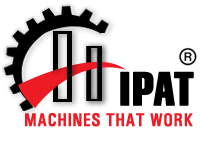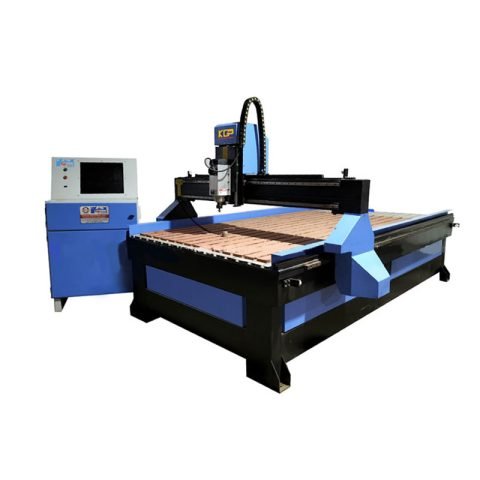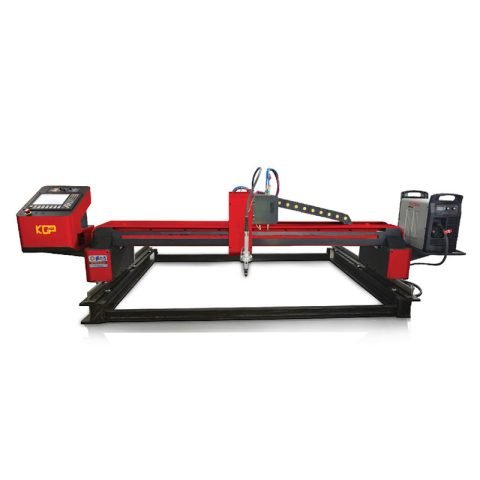| Model No. | CWTM-14010 |
| Lathe Type | Wood Working CNC Lathe |
| Machining Capacity | Wood Turning only |
| Applicable Wood Turning Blank Diameter | 20 to 300mm (0.78″ – 11.8:) |
| Applicable Wood Turning Black Length | 100 to 1,500 mm (4″-59″) |
| Rotary Axis Quantity | One – Turns one piece of wood at a time |
| Chisels Quantity | Two- one roughing tool and one finishing tool |
| Electric Spindle | Without |
| Rotary Motor Driver | VFD Inverter |
| Motor for Linear Motion | Stepper |
| Controller | Rich Auto Now A132 |
| Communication Language | *** dxf, —mmg |
| Tail Stock | Air actuated tailstock |
| Compressed Air Requirement | 0.6 to 0.8 Mpa |
| Machine Working Power | AC380V/3Ph, or AC220V/3Ph, or AC220V/Single Ph. or Others (Running Current : 16A) |
| Machine Working Frequency | Both 50Hz and 60Hz |
| Cicruitry Protection | Short Pass Protection |
| Net Weight | 1460 KGS |
Here are some key components and features commonly found in a CNC wood turning machine for Roman pillar columns:
Structure
The machine typically consists of a sturdy frame, a rotating spindle, and a bed where the wooden blank is mounted. The frame provides stability and support for the various components.
Spindle
The spindle holds the wooden blank and rotates it at high speeds. It is powered by a motor and is capable of precise rotational control. The spindle may have features like variable speed control to accommodate different turning requirements.
Cutting Tools
The machine is equipped with cutting tools, such as chisels or gouges, which are attached to a tool holder or turret. These tools are used to remove material from the wooden blank and create the desired shape and design of the Roman pillar column.
Axes
A CNC wood turning machine for Roman pillar columns typically has two or more axes of movement. The primary axes are the X-axis, which controls the movement of the cutting tool along the length of the wooden blank, and the Z-axis, which controls the vertical movement. Some machines may have additional axes for more complex turning operations.
Computer Control
The machine is controlled by a computer system that runs specialized software. The software takes the design input, typically in the form of a 3D model or a CAD file, and generates the tool paths necessary to create the desired shape and design. The computer sends commands to the machine’s motors, controlling the movement of the cutting tool along the various axes.
Software and Design Capabilities
CNC wood turning machines for Roman pillar columns require software for design input and tool path generation. The software may include features such as libraries of Roman column designs, customization options for dimensions and details, and simulation capabilities to visualize the turning process.
Automation and Precision
CNC wood turning machines automate the turning process, allowing for precise and consistent replication of Roman pillar column designs. The computer control ensures accuracy in the execution of intricate details and enables efficient production.
Safety Features
Woodworking machines should incorporate safety features to protect the operator. These may include emergency stop buttons, safety interlocks, and protective enclosures to prevent accidents and ensure safe operation.











There are no reviews yet.